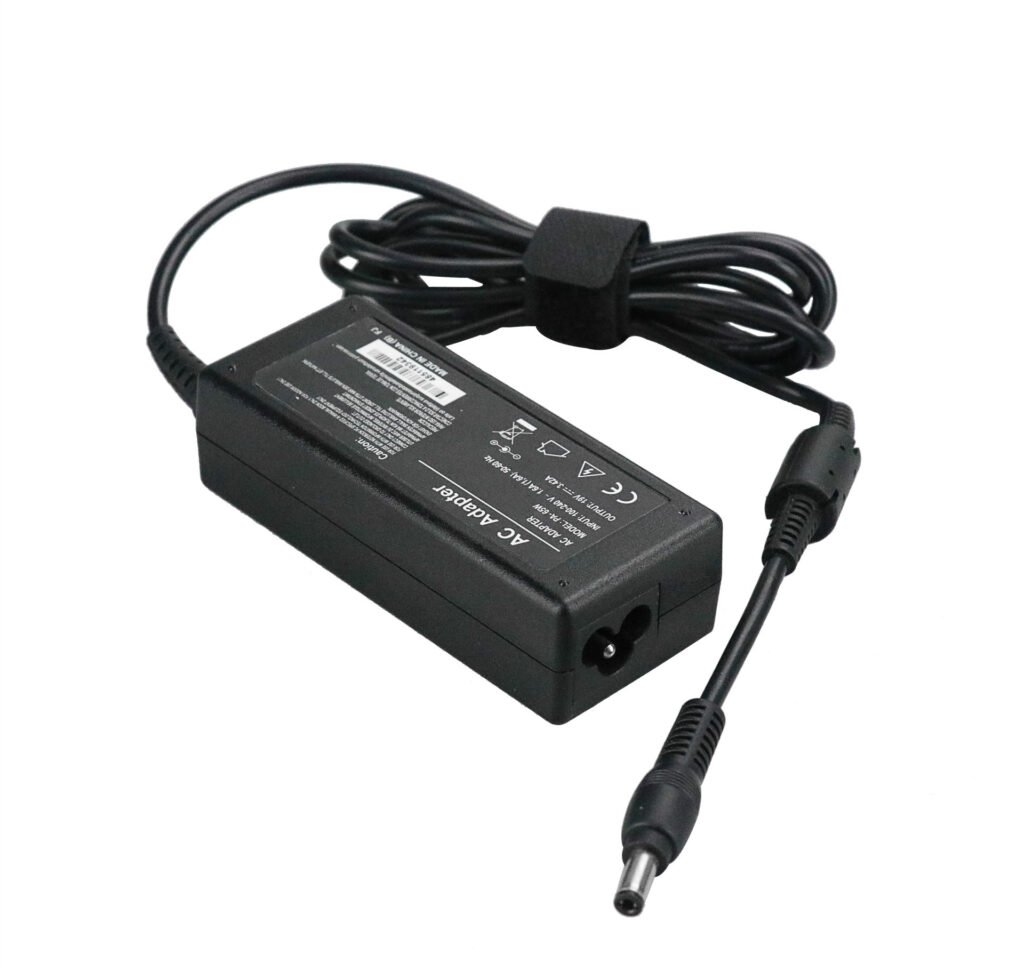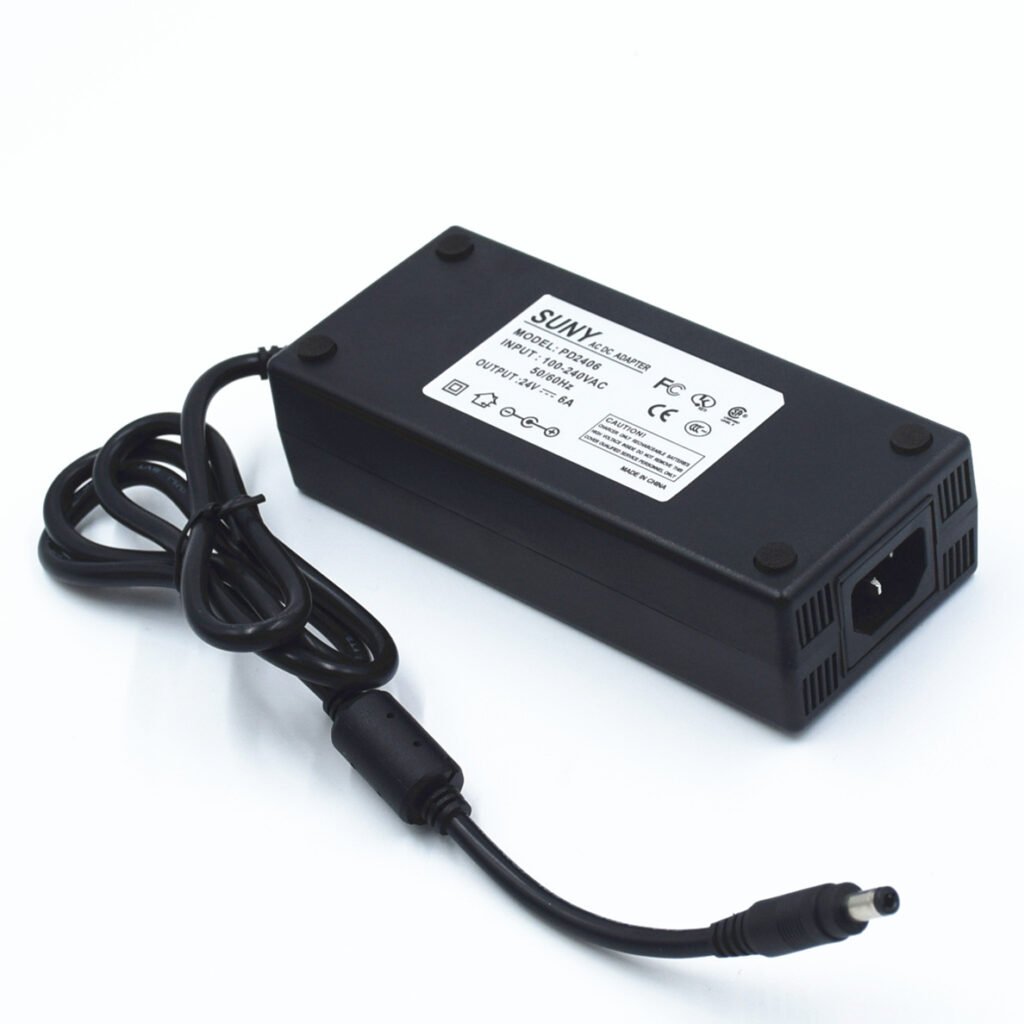I. Core Differences: Voltage and Plug Types
When charging abroad, you must overcome two major hurdles:
Voltage and Frequency:
China, most European countries, Russia, etc.: Use 220V-240V, 50Hz voltage standards.
United States, Canada, Japan, Taiwan, etc.: Use 100V-127V, 60Hz voltage standards.
Risk: Plugging a device rated only for 110V (like certain small appliances bought in the U.S.) into a 220V outlet can cause it to burn out instantly due to overvoltage. Conversely, using a 220V device in a 110V country may prevent it from starting or cause abnormal operation.
Plug Shapes:
No global standard exists for plugs. Common types include:
Type A (US Standard): Two flat parallel prongs. Primarily used in the US, Canada, Mexico, Japan, and Taiwan.
Type C (European Standard): Two round pins. Widely used in most continental European countries, Russia, South Korea, Thailand, etc. (Note: Plugs in the UK, Ireland, Hong Kong, etc., are entirely different).
Type G (British Standard): Three rectangular pins arranged in an isosceles triangle. Used in the UK, Ireland, Hong Kong, Singapore, Malaysia, etc.
Type I (Australian Standard): Two angled flat prongs forming a “figure-eight” shape, or with an additional grounding pin. Used in Australia, New Zealand, China, Argentina, etc.
Other Types: Additional varieties exist, such as South Africa's Type M and Switzerland's Type J.

II. Solutions: How to Choose the Optimal Configuration for Your Device?
Faced with complex global standards, we offer the following reliable solutions:
1. Wide-Range Voltage” One Adapter Plug Needed (Highly Recommended)
Core Principle: Fortunately, the vast majority of modern electronic device power adapters (e.g., laptops, phones, tablets, camera chargers, shavers) already support wide voltage ranges of 100V-240V~50/60Hz.
How to Verify: Carefully check the “INPUT” section on your charger or device's rating plate. If the range covers 100V-240V, congratulations—it's globally compatible.
What You Need to Do: You only need a physical plug adapter (or travel adapter) to convert your device's plug shape to match the destination country's outlet. This is the most economical and convenient solution.
2. Purchase a Multi-Country Universal Travel Adapter
Product Description: An adapter integrating multiple plug modules (US, EU, UK, AU standards), functioning like a “Transformer.” It adapts to outlets in over 150 countries via sliding switches or combinations.
Advantages: Eliminates the need to buy separate adapters for each destination. One device works worldwide, offering great convenience.
Key Considerations: Ensure it carries relevant safety certifications. Preferably, it should include 1-2 USB or USB-C charging ports to charge multiple devices simultaneously, saving outlet space.

3. Purchase a Local Charger at Your Destination
If your device isn't wide-range voltage compatible or you forgot your adapter, buy a charger compliant with local standards at a convenience store or electronics shop.
Disadvantages: It may be incompatible with your devices, and the quality varies widely, posing potential safety risks. This is generally a backup option.
Global Chargers Vary Widely: Overseas Charging Precautions.png
4. Use Universal Outlets Provided by Hotels (Use with Caution)
Many international chain hotels offer universal 110V/220V outlets with multiple sockets in bathrooms or on desks, sometimes even including USB ports.
Note: Always verify the voltage selector switch position before use and prioritize charging phones via USB ports.

III. A Universal “Global Travel Charger”
For travelers seeking maximum simplicity, the best choice is purchasing a “global travel charger” that integrates wide-range voltage, multi-country plug adapters, and multiple fast-charging ports.
Typically, it features:
Native support for 100-240V wide-range voltage.
Foldable prongs or interchangeable modules supporting US, EU, UK, AU, and other plug standards.
Multiple USB-C and USB-A ports supporting fast-charging protocols like PD and QC, enabling simultaneous high-speed charging for phones, laptops, tablets, cameras, and all other devices.
IV. Safety Precautions & Final Checklist
Verify voltage compatibility first! Always check your device's input voltage before considering plug shape.
Beware of high-power appliances! Hair dryers, irons, curling irons, etc., typically aren't wide-voltage compatible. Exercise extreme caution when using them abroad. It's best to purchase dual-voltage travel models or rent them locally.
Avoid using “universal” but low-quality adapter plugs. Never plug multiple high-power devices into a single adapter to prevent overheating and fire hazards.
Pre-travel checklist:
· Verify all device chargers support a 100-240V wide voltage range.
· Prepare appropriate adapters or a universal travel charger based on the destination country.
· For added convenience, carry a compact power strip to supply multiple devices through a single adapter.
As a professional manufacturer and wholesaler of charging adapters, Macable offers a wide range of chargers that comply with international certification standards to meet the needs of global consumers. We are committed to providing efficient, safe, and environmentally-friendly charging solutions, offering users a smarter and more convenient charging experience.
